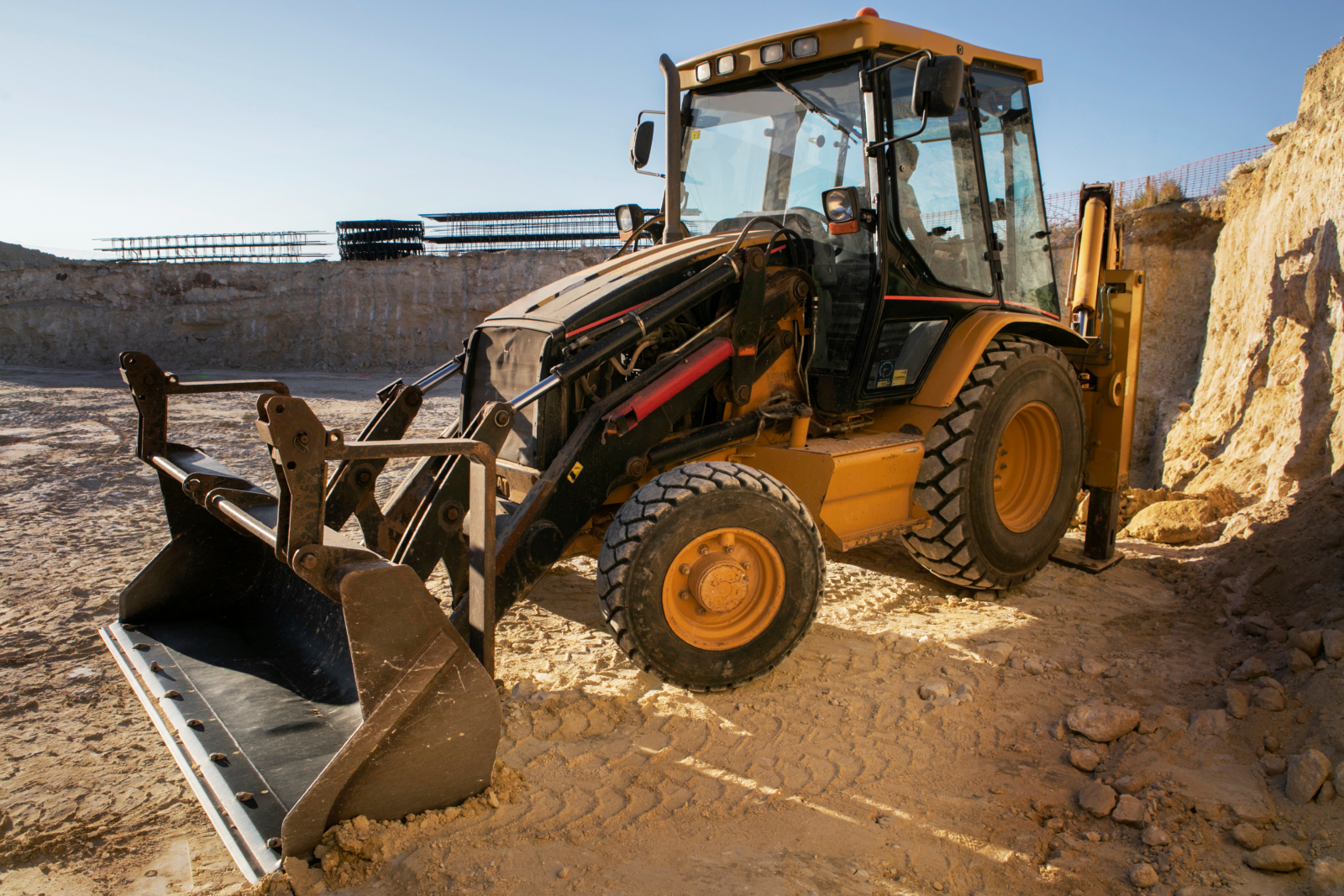
Yesterday was Earth Day, an annual event when organisations and individuals around the world celebrate our remarkable planet and demonstrate support for environmental conservation and sustainability.
It’s got us thinking about some of the actions our industry can take – everything from reducing plastic waste and minimising the use of water on site to going paperless and lowering energy consumption at the office. Another idea is to purchase pre-used construction equipment but there are several considerations to take on board around this so let’s explore those in this week’s blog.
The benefits of buying used equipment
When looking for construction equipment, there are basically three options: purchase new, hire or purchase used. All of these can be useful routes to go down but today we’re just going to look at used equipment. Providing it’s still in good working order, here are some of the benefits used equipment can offer.
- Environmental sustainability: This is a significant benefit of buying used equipment. By choosing used, you’re essentially extending the life of an existing machine and reducing the demand for new ones. This translates to less steel and iron being consumed, lower industrial waste and a decrease in overall factory carbon emissions. Reusing equipment before it ends up scrapped helps the environment considerably.
- Lower upfront costs: Used equipment requires a much smaller initial investment compared to new models. Properly maintained used equipment can provide just as reliable service, freeing up capital for other areas like maintenance across your fleet or even purchasing another piece of equipment. This allows you to maximise your budget and boost your business’s bottom line.
- Slower depreciation: New equipment experiences significant depreciation within the first year of ownership. Of course, the equipment’s value will still fall but buying used helps you avoid this initial drop.
- Available when you need it: There’s often a wait time associated with ordering new equipment. Used equipment, on the other hand, is frequently readily available at dealerships, allowing you to acquire it and start working immediately. This means you can tackle projects faster and see a quicker ROI.
- Lower Insurance Costs: Insurance premiums for used equipment are lower than for new equipment. Since the initial value of used equipment is less, the associated insurance costs are also reduced.
- Great for single project use: If you need a specific piece of equipment for a single project, purchasing used equipment could be a financially sound choice, probably working out cheaper than renting for an extended period and definitely less wasteful that buying new and then discarding.
While there are clear benefits to buying used equipment, it’s worth noting that it might not always be the best option as in some cases a newer model may be safer, more efficient and/or produce less emissions. There are also issues like whether the item could be sub-standard or even come from a stolen cache to consider. It’s wise to be approach buying used equipment with some caution so here are six points to follow.
How to buy used construction equipment:
- Define your needs: Start by setting out what type of work you need the equipment for (digging, lifting, etc.) and its required features.
- Set a budget: Remember to factor in potential maintenance and refurbishment costs.
- Research the sellers: Find reputable sellers with a good track record and positive reviews.
- Make a thorough inspection: Examine the equipment closely before you buy, checking for wear and tear and testing its functions.
- Check records: Request detailed maintenance records to understand the equipment’s service history and future reliability.
- Negotiate: Research the market value so as to have a good starting point, then highlight any repairs that might be needed and use your budget as a guide when negotiating.
Finding that gem
Purchasing construction equipment involves time and money, sometimes a lot of both!
Although it might seem easier or perhaps more exciting to choose a new item, a good quality used option might be better suited to your needs – whether that’s because it will cost less, arrive on site quicker, reduce insurance premiums or be more environmentally sustainable.
Just remember to be cautious when making that purchase and hopefully you’ll find a perfect gem for your project.
Do you have any experiences of buying used construction equipment? If so, what are your top tips? Let us know by commenting over on our Facebook or LinkedIn pages.
23.04.2024
Feature image: Freepik








